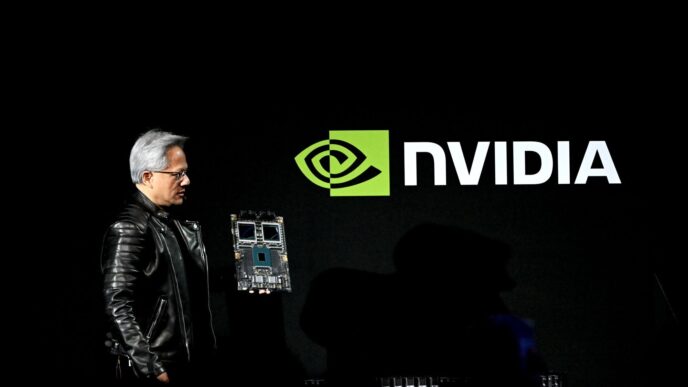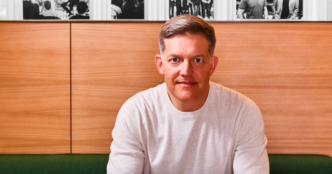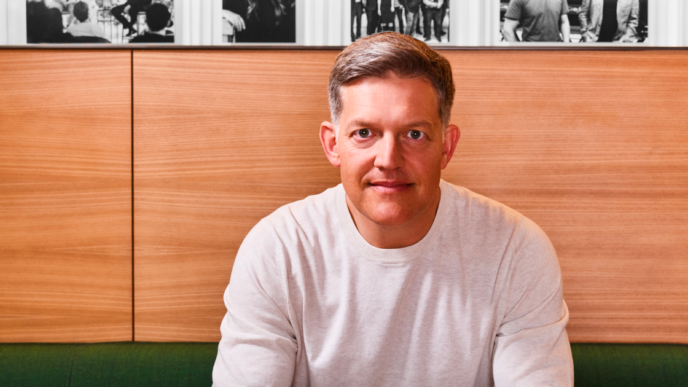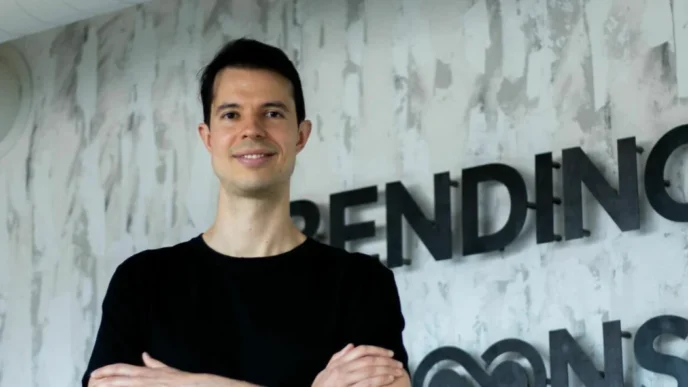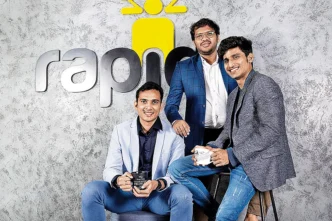A new generation of AI innovation is taking shape, and it’s happening inside a lab. Periodic Labs, a startup co-founded by former OpenAI and Google Brain researchers, has raised a staggering $300 million seed round to pioneer the future of AI materials science.
The company was founded by Liam Fedus, one of OpenAI’s most influential engineers who helped build ChatGPT, and Ekin Dogus Cubuk, a leading researcher in machine learning and materials science at Google Brain. Their vision is simple but bold, to create a fully autonomous research lab where AI, robotics, and real-world experiments work together to accelerate scientific discovery.
The idea for Periodic Labs started less than a year ago, when Fedus and Cubuk discussed how recent breakthroughs in large language models (LLMs), robotic automation, and simulation modeling could finally merge into a new discipline: AI materials science.
Cubuk explained that robotic arms have become reliable enough to handle powder synthesis, the delicate process of mixing and testing new compounds. At the same time, AI-driven simulations now accurately model physical systems used in materials research. Combined with the reasoning power of LLMs like those developed at OpenAI, the pair realized they could automate the entire scientific process, from hypothesis to experiment to analysis.
Cubuk’s earlier research had already hinted at this potential. He co-authored the 2023 GNoME paper, a groundbreaking method that used AI to identify new materials, and later helped develop a robotic lab that created 41 novel compounds from AI-generated recipes. The missing piece was integration, and Periodic Labs is now closing that loop.
The startup believes that by combining machine learning with real-world experimentation, science can evolve faster than ever. Even failed experiments will produce valuable datasets for model refinement, creating a feedback loop that continuously improves both the AI and the lab’s results. As Fedus put it, “Making contact with reality, bringing experiments into the AI loop, is the next frontier.”
After Fedus left OpenAI, venture capitalists quickly lined up to fund his next move. Within weeks, Andreessen Horowitz (a16z) led a $300 million seed round, joined by Felicis Ventures, NVentures (Nvidia’s VC arm), DST, Accel, and a group of prominent angel investors including Jeff Bezos, Elad Gil, Eric Schmidt, and Jeff Dean.
The first investor to commit was Peter Deng, formerly of OpenAI and now a partner at Felicis. After a spontaneous coffee meeting and hike through San Francisco’s Noe Valley, Deng was convinced by Fedus’ vision that AI could become a true scientific collaborator. “Everyone talks about doing science,” he said, “but to do science, you actually have to do science.”
Despite speculation, OpenAI itself did not invest in Periodic Labs. But it didn’t need to, investor interest was overwhelming. One VC even wrote what Fedus jokingly called “a love letter” to win the deal.
With the funding secured, the startup quickly assembled a world-class team, including Alexandre Passos (creator of OpenAI’s o1 and o3 models), Eric Toberer (a materials scientist behind key superconductor discoveries), and Matt Horton, who built Microsoft’s AI tools for materials research.
The company’s first mission: use AI to discover new superconductors, a holy grail in modern materials science that could lead to ultra-efficient electronics and greener energy systems.
Periodic Labs has already set up its lab and begun early experiments combining AI simulations and physical testing. Each week, one researcher gives a masterclass to the rest of the team, ensuring every engineer, physicist, and data scientist deeply understands how AI and materials science intersect.
While the robotic systems still need calibration, the founders are confident they’re building something historic. Their approach bridges two worlds: the digital intelligence of large language models and the tangible realm of experimental physics.
It’s an ambitious effort, but if successful, Periodic Labs could redefine how the world approaches scientific discovery. By embedding AI into the core of material experimentation, the company is not just predicting the future of science; it’s actively building it.



